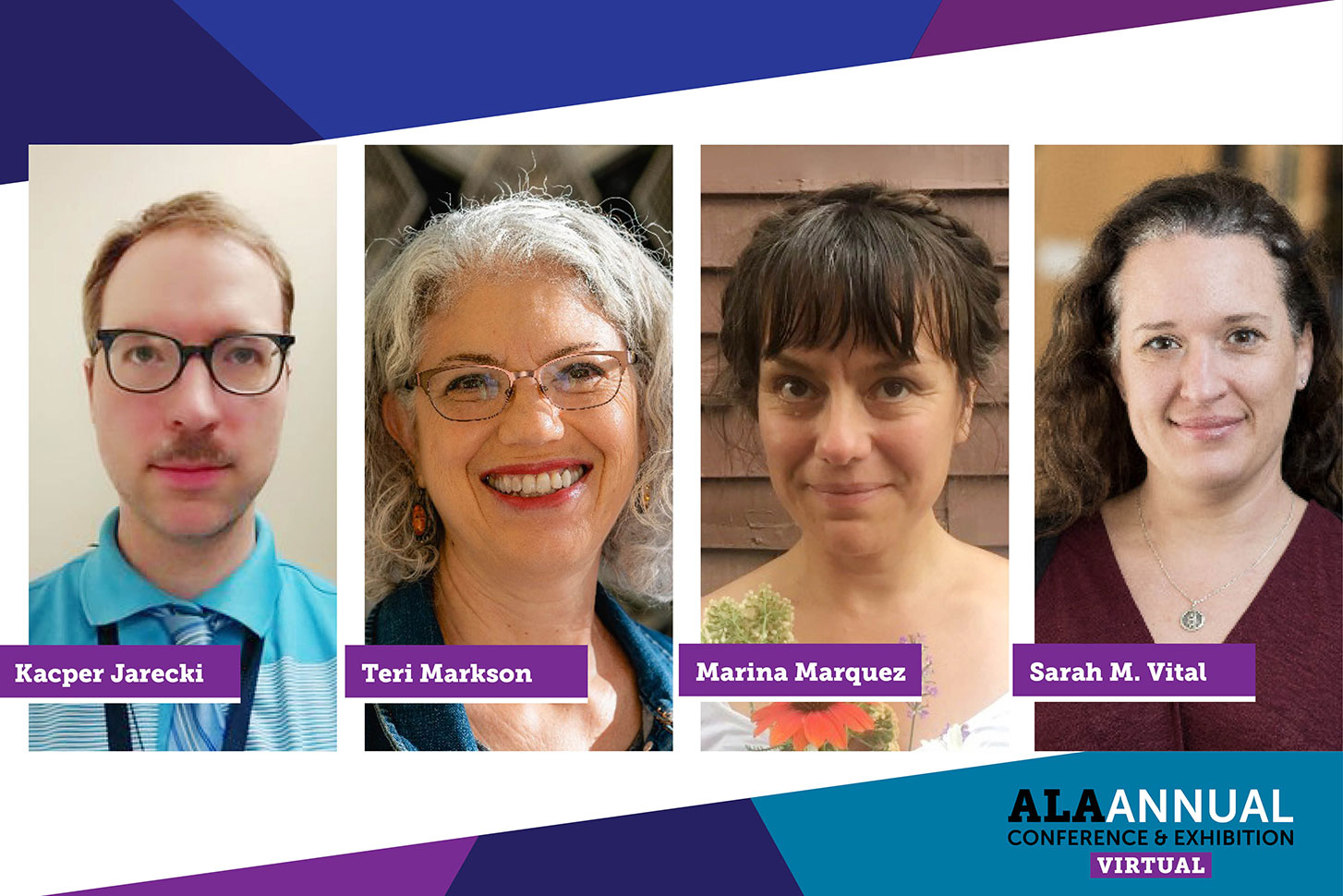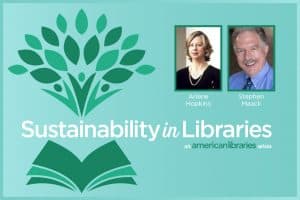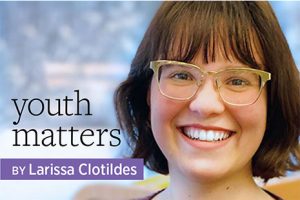
“We used to give out a lot of things and then at the end of the day we’d find the plastic toys broken, discarded, and they didn’t last very long,” said Kacper Jarecki, library manager at Queens (N.Y.) Public Library (QPL). The long-term impact of this cycle has led some library workers to reimagine the role and utility of “library swag” while addressing social, economic, and environmental sustainability.
At the panel “Sustainable Choices in Library Prizes and Promotional Materials” on June 25 at the American Library Association’s 2021 Annual Conference and Exhibition Virtual, four librarians shared how they’ve balanced sustainable practices while still rewarding engagement.
“I feel pretty bad about handing out a lot of plastic stuff to kids that I know is going to end up in the landfill someday,” said Mary Callahan, children’s librarian at QPL, who moderated the panel. “But we also want our patrons to be excited and we want them to get prizes and incentives.”
At QPL, students who come in after school are allowed to eat snacks in a meeting room, and Jarecki worked with a local grocery story to provide healthy options like fresh fruit. This change also helped reduced the amount of waste generated by the snacks. The students usually eat all the fruit, but any leftovers are shared with adults at the library, so there’s little waste. Having fresh fruit on hand was later leveraged into a program about making smoothies as well, where Jarecki noted that he himself learned “it’s always good to add some mint to smoothies.”
For those who finish their homework, the library also provides a foldable basketball game and table tennis, keeping the students active. While there are occasional complaints about basketballs being thrown in the library, Jarecki said that offering young people lasting experiences is important and has even helped increase the library’s funding because City Council members have seen “we do a lot of stuff for the young people and we stand out.”
Green summer prizes
At Los Angeles Public Library, staffers have made a conscious effort to change the way prizes for reading challenges are selected and purchased, said Teri Markson, senior librarian. In prior years “a lot of them were pretty gimmicky, full of unsustainable materials, and imported,” she said. They have gradually transitioned away from prizes like light sticks and scratch-off games to practical and reusable items like water bottles and handkerchiefs sourced from the US rather than shipped internationally.
Markson also highlighted the library’s partnership with the library store. During the pandemic the store was able to ship rewards directly to challenge participants, and winners were able to select their own prizes. Plus, using items from the library’s own store has put the money back into the library, she said.
Saint Mary’s College of California is located just outside of San Francisco and Oakland, and Sarah M. Vital, the college’s business librarian, says that thinking about sustainability can feel overwhelming in the context of the area’s overcrowding and wildfire risks. When the college started its summer reading program, however, she knew that “putting our name on something plastic and give-away-able wasn’t worth it.”
Instead, Vital and her team focused on giving away things that students already need and ask for. By packaging basic office supplies like pencils and dry erase markers into the rewards, the summer program uses things the library is ordering anyway, allowing them to focus on sourcing green options.
“How happy can a college student be to get a whiteboard marker? You would be surprised!” Vital said.
Community returns
At Cleveland Public Library’s East 131st Street branch, sustainability is part and parcel of the library’s teen programs. Its ecofriendly programs include the Volunteens Garden Club, newspaper fashion show, cardboard arcade, and puppet parade. The goal of its recycling and upcycling programs is to engage children in the community with creative play, said Marina Márquez, the library’s branch manager. “Even our postman came on his break and played the [cardboard arcade] games,” she said. The take-home items from these programs are art pieces created with recycled materials or something upcycled with laser engraving, like scrap wood bookmarks.
The Volunteens Garden Club, which began in response to vandalism at public plantings in the area, has grown beyond its original goal of investing teens in the local green spaces. “The garden club has developed into a workforce development opportunity,” Márquez said. Teens help to maintain gardens, train community members on how to connect rain barrels to downspouts, and are learning about composting.
“What’s really important is that it creates a memorable experience for our teens,” Márquez said.


